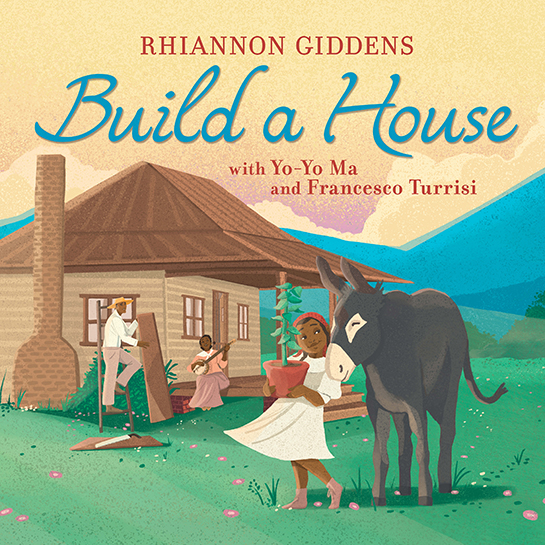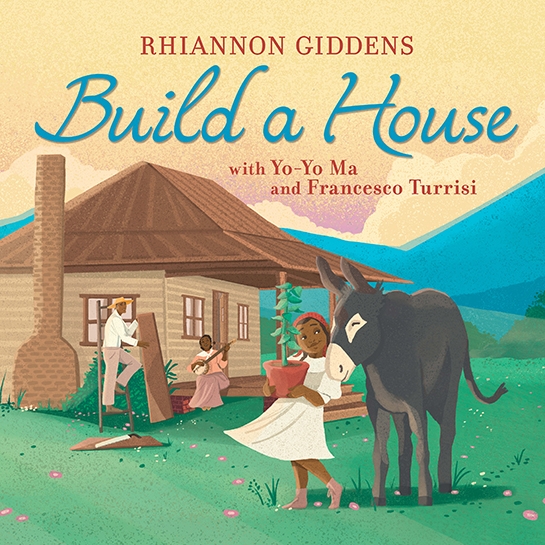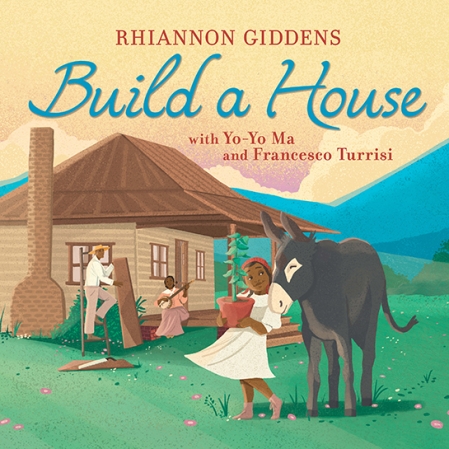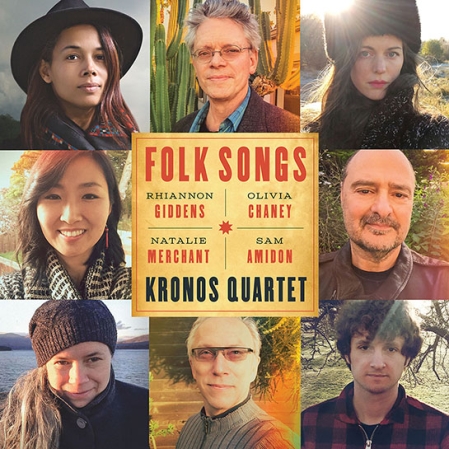Rhiannon Giddens wrote “Build a House” for the 155th anniversary of Juneteenth in 2020; she performs it here with renowned cellist Yo-Yo Ma and multi-instrumentalist Francesco Turrisi. The song, which then inspired Giddens’ children’s book of the same name (out on Candlewick Press), tells of African Americans who were forcibly enslaved and brought to the US to build houses they were not allowed to live in, tend to families who were not their own, and sow the seeds that fed a nation—while being left with only scraps themselves. It depicts a family’s resilience in the face of violence and sorrow.
Rhiannon Giddens wrote “Build a House” for the 155th anniversary of Juneteenth in 2020; she performs it with renowned cellist Yo-Yo Ma and multi-instrumentalist Francesco Turrisi in this recording, released October 11, 2022. The song, which then inspired Giddens’ children’s book of the same name (out on Candlewick Press), tells of African Americans who were forcibly enslaved and brought to the US to build houses they were not allowed to live in, tend to families who were not their own, and sow the seeds that fed a nation—while being left with only scraps themselves. It depicts a family’s resilience in the face of violence and sorrow.



















